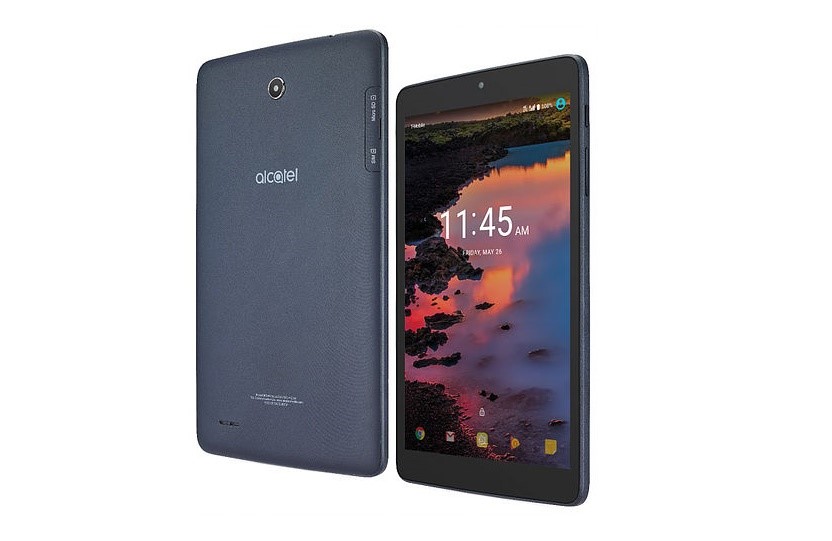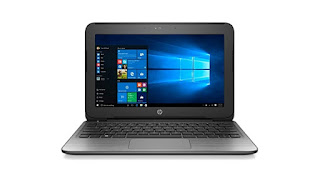0
comments

However, in order to be able to install either CWM or TWRP on your tablet or smartphone, you must firstly root your device. So you can flash any of these custom recovery tools on your device using an called "Rashr", which requires the root permission.
But the question is, how exactly to root an Android tablet or smartphone?
Rooting Android device is actually not something that is so complicated to do and it even can be done easily if you’re already well-experienced at rooting with your own devices in the past.
However, if you have no clue and no experience whatsoever about rooting, you can also head over to XDA-developers.com and learn more about rooting your own Android device from this forum.
But it’s worth mentioning that rooting can void your device’s warranty. So if you decide to root your smartphone or tablet, then you must also be ready to face the consequence of losing your device’s warranty.
Rooting, as the word implies, is indeed the activity to gain the root permission of Android device. So if you have successfully rooted your device and it’s been validated by an app called “Root Checker” (that your device has been rooted), it means now you have the power to control everything on your device.
But the next questions are, why do I need to root my smartphone/tablet? What are the benefits I can get from rooting my device?
There are actually tons of great things you can reap from rooting your device. This is why today, I’m about to share to you right in the article.
Well, if you’re interested to find out more about that, then without further ado, here you go, 7 benefits you can gain by rooting your device. Hope you like what I’m sharing here.
1. Rooting can give you the access to the root system of your device
I think the first benefit you can get right away once your device is rooted is, you can start exploring the root system of your device by using 3rd file manager/explorers like “Xplorer” or “Root Explorer”.
However, there’s actually not much to do here in the root system of your device other than looking and exploring the folders inside this root partition. So you don’t need to do anything inside this root system. And you shouldn’t.
But in some cases, there are actually some apps like Java emulator which requires users to copy and paste some certain files inside specific folders in root system in order for this Java emulator to work properly so it can finally read and execute Java-based apps on the device.
So yeah, basically, by rooting your Android device, the first benefit you can get right away is the ability to access the root system of your device by using 3rd party file managers like Xplorer or Root Explorer.
2. Rooting can give you more power to control everything on your device
I used to own Xiaomi Redmi 1S in the past. The thing that I really hated from this device is, it could easily overheat even when I was just watching some videos or browse some websites.
And this totally ruined the experience of using this device because this overheating issue made this phone really uncomfortable to hold in the hand, not only on its rear cover, but also on the touch screen as well.
So everytime the phone started overheating, the device became really hot on the touch screen and rear cover as well. And this was really annoying.
The source of this problem was actually the clock speed of its CPU. And this happened because Xiaomi deliberately set the CPU of Redmi 1S at higher speed so it would run faster and smoother on its heavy UI (MIUI), which used some heavy visual interface and lots of features.
But the consequence was, the phone suffered from overheating, especially when doing some heavy tasks. I believe its processor (Snapdragon 400) was not sufficient enough to run on the higher clock speed than it's supposed to be.
Thankfully, I managed to root this smartphone and did something about this overheating issue.
So after successfully rooting this phone, I installed one app (which I’ve completely forgotten its name) and this app enabled me to control the CPU's clock speed of this smartphone.
And apparently, it’s true. I managed to reduce the heat of this phone by simply setting the clock speed of its processor to the lower level from its standard which is set by Xiaomi.
So there you have it. One of the great things of rooting your Android device is the ability to control almost everything on your device, even the clock speed of its processor.
Of course, you can also do other things like: assigning different functions on physical buttons, changing the fonts, etc. And all of this can be achieved if your device is rooted.
3. Rooting allows you to use again quick data toggle on Lollipop OS
So if you haven’t known already, on Android Lollipop OS, the quick data toggle feature that you've come to love on Android OS apparently has been removed by Google.
And this has impacted almost all apps that used to have this feature. So most of these apps now are not working properly anymore when the device is updated to Lollipop OS.
So everytime you want to turn ON and OFF the internet connection of your device, you must always go through Setting > Data Usage.
Of course, alternatively you can swipe down the screen with 2-finger gesture to open the drop-down Setting window so you can finally turn ON and OFF the internet connection of your device. But I think this is not efficient and can be time wasting.
Thankfully, there is a solution of this problem. And that is by rooting your device.
So after successfully rooting your device, you can download “Secure Setting” on Google Play Store and then create a new widget on homescreen using "Secure Setting". So later on, you can finally have a quick data toggle on homescreen which you can use either to activate or disable the internet connection of your device.
You can also use another app called “Power Toggles” and add a data toggle on the homescreen through a widget in the form of taskbar. So everytime you want to turn ON and OFF your internet data, you can simply tap on that widget.
Bottom line, by rooting your Android device, you can still have the quick data toggle on any device with Lollipop OS, eventhough this feature has been removed by Google.
4. Rooting allows you to backup the entire system of your device
Earlier a few days ago, I’ve already showed you the step-by-step guide to backup the system of your Android device by using custom recovery tools like CWM (ClockWorkMod) and TWRP.
And thanks to these 2 awesome tools, now you can create the full backup system of your device, including your login accounts, passwords and even the apps/games that you've already installed on your device.
So if something wrong happens to your device in the future and it stops working properly, you can still restore your device back to normal again by using the ‘backup system’ you’ve already created before using custom recovery tools like CWM or TWRP.
But of course, in order to install these custom recovery tools, you must firstly root your device so later you’ll be able to install either CWM or TWRP and replace the STOCK/STANDARD recovery mode that comes pre-installed on your device.
Anyway, if you wanna know how exactly to install CWM or TWRP on your tablet or smartphone, you can head over to my previous articles that cover about this topic.
After that, you can also proceed further to learn more about how to create the backup system of your device by using these 2 custom recovery tools - CWM and TWRP.
5.Rooting allows you to create the full backup of apps and games, including their saving data
Another great thing of having the root permission of your device is, now you don’t need to worry anymore about losing the apps or games you’ve already installed on your device, including their saving data.
And that’s because by creating the full backup system using CWM or TWRP, all of the installed apps/games on your device, as well as their saving data, will be included inside the backup file.
So once your device is restored with the backup file you’ve created with TWRP or CWM, all of your installed games and apps will also be restored back to your device, including their saving data.
Alternatively, you can also backup all of your games and apps by using one great app called Titanium Backup, which allows you to backup each game/app on your device, including their saving data.
So if you accidentally remove one of your favorite games, and it happens to be a big-sized game, you don’t need to download it all over again on Google Play Store because with Titanium Backup, your game can be restored back to your device along with its saving data.
Isn’t that awesome, huh?
That’s the reason why rooting your Android device opens up a lot of possibilities as well as capabilities which later gives you more power to unlock the full potential of your device. And that is something that you cannot have if your Android device hasn’t been rooted.
6. Rooting allows you to install custom ROMs on your device
There’s actually one other great thing you can get by rooting your Android device. In fact, it is the best thing that you can have if you have rooted your device. And that is the ability to install some new custom ROMs to replace the standard ROM that comes pre-installed on your tablet or smartphone.
If you don't understand what ROM really is, it is the full operating system of your Android device. From its visual interface, its pre-installed apps, its system and the entire software of your device.
There are many custom ROMs available out there which you can install on your device. To name a few, there are CyanogenMod, MIUI, stock Android ROM and many more.
But of course, in order to install any of these custom ROMs, you must firstly do the following things: from rooting your device > installing CWM/TWRP > creating backup system using CWM/TWRP > resetting to factory setting using TWRP/CWM > and finally flashing/installing the custom ROM on your device.
You then wonder why do you need to install these custom ROMs and replace the stock/standard default ROM that comes pre-installed on your device, right?
Well, there are actually many benefits you can get by replacing the stock default ROM with custom ROM.
Some of them are to improve performance, increase battery life, add more features or maybe you’re just really bored with the standard UI on your device.
Conclusion
There are actually many other benefits you can reap from if your device is rooted. But of course, I cannot spill them all here on this page mainly because I honestly haven’t figured out yet the other great things from having the root permission of my own device.
Anyway, how about you? Do you have anything to share with all of us here? Have you found out the other benefits you can get from rooting your device?
Well, if so, don’t hesitate to share your opinion here right on the comment section below? I will be glad to hear more about what you’re saying regarding this topic.
Related Posts
Recent Updates
Our Top Picks










